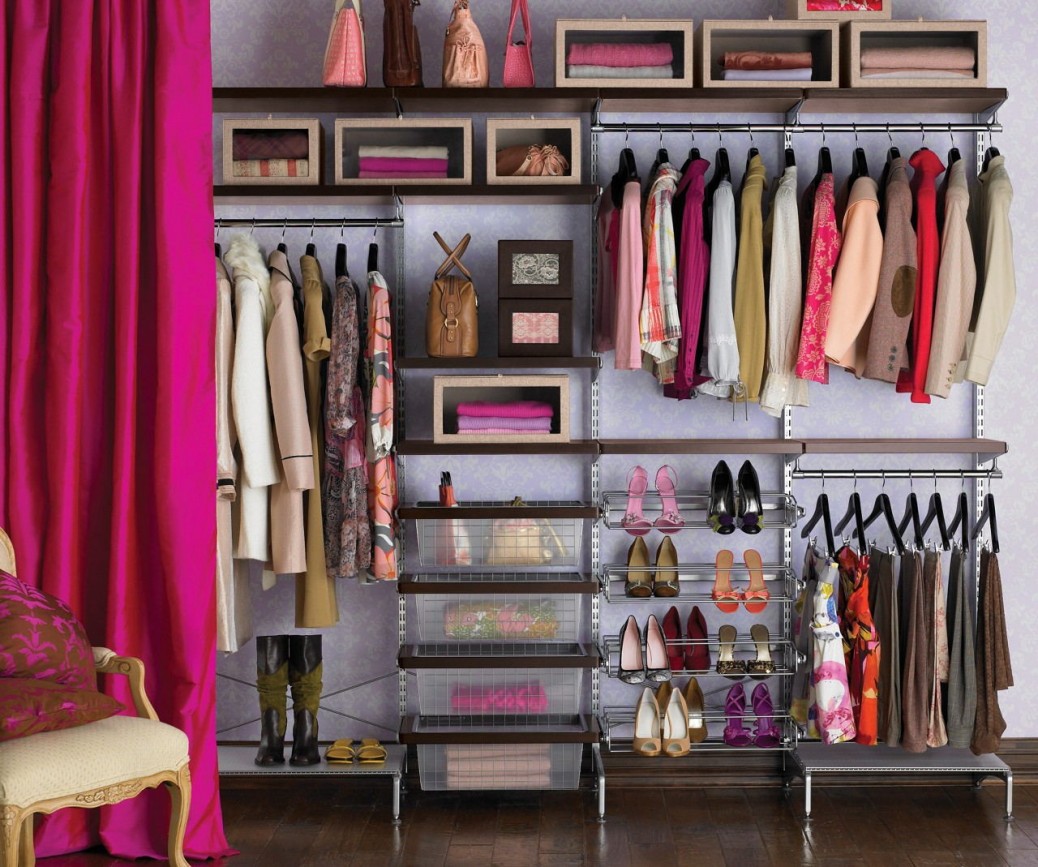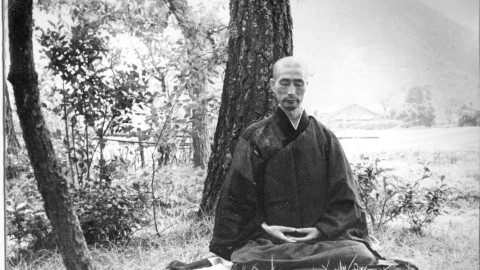Knowledge, Information and Experience
A wardrobe or armoire is a standing closet used for storing clothes. The earliest wardrobe was a chest, and it was not until some degree of luxury was attained in regal palaces and castles of powerful nobles that separate accommodation was provided for the apparel of the great. The name of wardrobe was then given to a room in which the wall-space was filled with closets and lockers, the drawer being a comparatively modern invention. From these cupboards and lockers the modern wardrobe, with its hanging spaces, sliding shelves and drawers, evolved slowly.
History:
In the United States, the wardrobe in its moveable form as an oak “hanging cupboard” dates back to the early 17th century. At that time it was an early export product from America to England, because English woodlands were over-harvested or reserved for the Navy. Consequently, the item was sometimes referred to as an oakley. For probably a hundred years, such pieces, massive and cumbrous in form, but often with well-carved fronts, were produced in moderate numbers; then the gradual diminution in the use of oak for cabinet-making produced a change of fashion in favor of the more plentiful American walnut.
Walnut succeeded oak as the favourite material for furniture, but hanging wardrobes in walnut appear to have been made very rarely, although clothes presses, with drawers and sliding trays, were frequent.
During a large portion of the 18th century the tallboy was much used for storing clothes.
Size:
A considered good size double wardrobe would thus be able to hold within its capacity, eight small men.
In the nineteenth century the wardrobe began to develop into its modern form, with a hanging cupboard at each side, a press in the upper part of the central portion and drawers below. As a rule it was often of mahogany, but as satinwood and other previously scarce, fine-grained, foreign woods began to be obtainable in considerable quantities, many elaborately and even magnificently inlaid wardrobes were made.
The penultimate step in the evolution of the wardrobe was taken when the central doors, which had previously enclosed merely the upper part, were carried to the floor, covering the drawers as well as the sliding shelves, and were often fitted with mirrors.
In the United Kingdom, a more affluent option is custom-fitted wardrobes, which are built around the size and shape of the room.
Kas style:
Kas, kast or kasten (pronounced kaz) is a massive cupboard or wardrobe of Dutch origin similar to an armoire that was popular in the Netherlands and America in the 17th & 18th century. It was fitted with shelves and drawers used to store linen, clothing and other valuables and locked by key. They were status symbols and family heirlooms in the Low Countries and imported luxury goods to the American colonies. As such they were often made of quality wood such as cherry, rosewood and ebony and paneled, carved or painted.
Tags: Organize Your Mind










